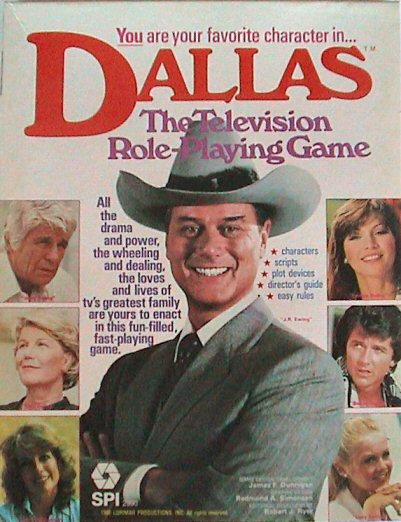I started to feel that I didn’t know roleplaying games well enough so I came up with the plan to read a roleplaying game corebook for every year they have been published. Selection criteria is whatever I find interesting.

The first roleplaying game is usually credited as Dungeons & Dragons, published in 1974 and designed by Gary Gygax and Dave Arneson. D&D is a productized iteration of a type of play created organically in a local scene where Arneson was a member. Pivotal to that scene’s playstyle was a game called Braunstein introduced by David Wesely. Braunstein was not a published game but rather designed to be played by Wesely’s own group.
Braunstein descended from Napoleonic miniatures games. The idea was that the game was set in the town of Braunstein and each player controlled a character. The characters had different goals they tried to accomplish. The characters could move around town, talk to each other and engage in emergent play.
Later, Arneson created his own Braunstein-style game called Blackmoor, and D&D built on those experiences. There’s a documentary about these early games called Secrets of Blackmoor. It’s great stuff because it’s always difficult to go back and learn from play cultures you were never part of. The documentary at least gives some idea. Personally, I found the style of roleplay in Braunstein and Blackmoor a much more fitting ancestor for my own play culture than early D&D.
Dallas is a licensed roleplaying game based on the tv show of the same name. It came out in 1980, six years after the publication of the first commercial roleplaying game. In style, it feels much closer to Braunstein and Blackmoor than it does to D&D or other similar releases of the era.
In Dallas, the default play group consists of a GM and nine (!!!) players, each of whom controls a character from the tv series. The game is player vs. player, so that each character has specific goals given in each scenario they must accomplish in order to win. More than one player can win a given scenario, as long as they all accomplish their goals, but many are mutually exclusive.
You can see the shadow of those earlier pre-D&D games in the way JR and other Dallas characters inhabit their city, each seeking to gain advantage over the others.
Dallas embraces asymmetrical design. The characters have wildly different power levels and stats. Weak characters are compensated with easier goals but the game also considers play dynamics: For a player with a weak character, a good tactic is to wait for everyone to gang up on the strong and then discreetly fulfill their win conditions while everyone is looking the other way.
The focus on winning gives Dallas a boardgamey feel and based on the mechanics you could just play it as a pure negotiation game. Still, the strong presence of the characters from the show and the Texas milieu makes it easy to slip into more three-dimensional roleplay.
As a product, Dallas is surprisingly polished. The handouts are well thought out, with rules summaries provided for all players and character sheets with lists of every other character in the game. The consideration given to how the game components actually function at the table is something that compares favorably with many games published even today.